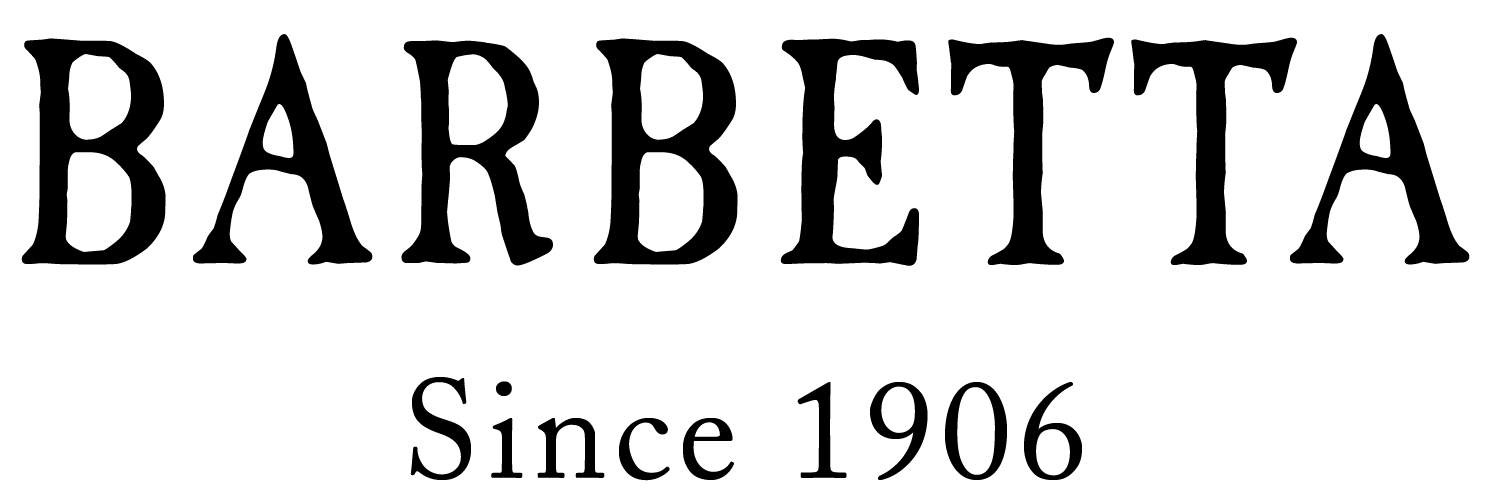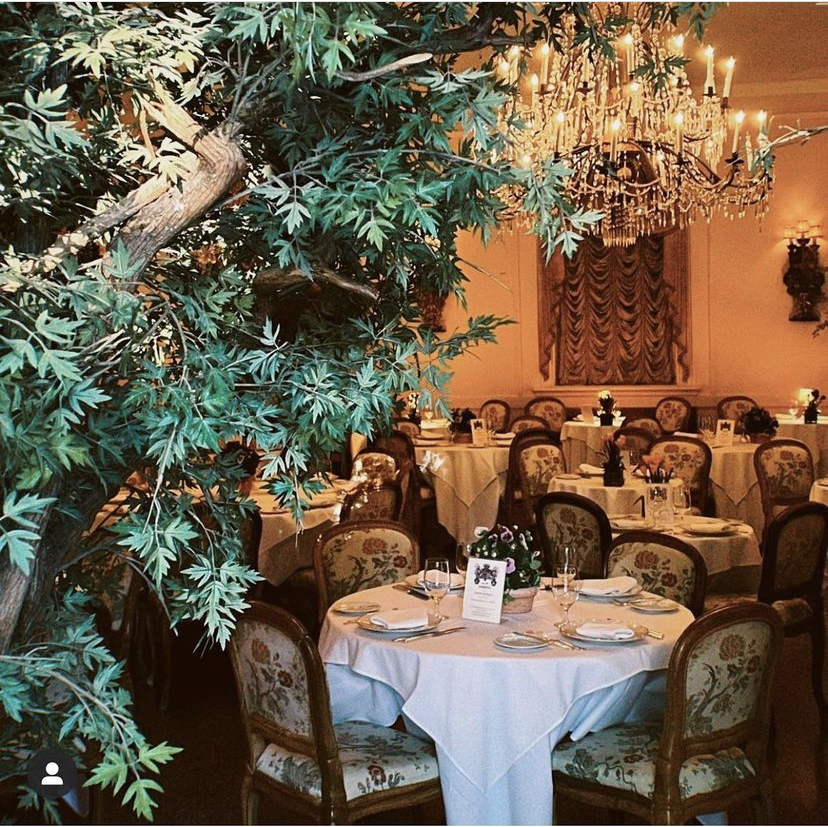OUR STORY
An iconic landmark on Restaurant Row….
Barbetta, established in 1906, is the oldest restaurant in New York that is still owned by the same family that founded it. It’s the oldest Italian restaurant in New York, and the oldest restaurant in New York's Theatre District.
This threefold distinction makes this historic restaurant a landmark among New York restaurants. Its landmark status has been recognized by the prestigious and highly selective Locali Storici d'Italia, which has designated Barbetta a Locale Storico (Historic Establishment), the first restaurant in America to have been so named.
Sebastiano Maioglio founded Barbetta in 1906 and in 1962, his daughter, Laura Maioglio took over the space. Barbetta’s expansive location presides over four townhouses. The 1874-1881 townhouses were purchased by Sebastiano Maioglio from the Astor family who had built them sparing no expense and embellishing them with magnificent doors and woodwork.
In 1962, when Ms. Maioglio took over the restaurant, her interior design updates made Barbetta the first real elegant Italian restaurant in New York. This represented a radical departure from the prevailing but erroneous notion which existed at that time in America, that Italian restaurants are invariably "rustic" and that Italian food must be similarly "rustic."
Barbetta likewise transformed Italian cuisine in America. Under Ms. Maioglio’s direction, Barbetta was the first Italian restaurant to present dishes that were elegant, yet at the same time absolutely authentic and well known to Italians in Italy albeit unfamiliar at that time in 1962 to Americans. Barbetta introduced the American public to the traditional and refined dishes of Piemonte.
Perhaps the most exquisite and notable dish is the great white truffle dishes of Piemonte served seasonally from October through December. Due to the exclusive nature of white truffles, in the beginning, Barbetta maintained its own truffle hunters and truffle hounds in Piemonte. Fun fact, because of Barbetta’s exclusive white truffle offerings, in 1973 Bloomingdale's asked Barbetta to do a truffle exhibition, where 500 portions of Fonduta con Tartufi were served to notable guests.
Barbetta features the cuisine of Piemonte, Italy's northwestern-most region, bordering Switzerland and France, where the Maioglio family originated. Ms. Laura Maioglio still maintains their 17th century family palazzo, in Fubine Monferrato.
The restaurant is decorated with 18th century Piemontese antiques, most notably the great chandelier that hangs in the main dining room. This 18th century Piemontese chandelier was obtained by Ms. Maioglio from a palazzo in Torino, which formerly belonged to the Savoys, Italy's royal family. Another important piece is the harpsichord in the foyer, signed Francesco Fabbri 1631, an extremely rare instrument, which the Metropolitan Museum has requested be donated to them.
Barbetta also introduced other Piemontese specialties previously unknown to the American public such as Bagna Cauda, a gregarious "country" dish where the guests gather around the table to dip raw vegetables into a central simmering pot of an anchovy olive oil sauce.
Since Barbetta’s opening, the cuisine in Piemonte began an evolution towards even greater elegance and refinement and with these changes, Ms. Maioglio made sure the cuisine at Barbetta also developed along similar lines. While Barbetta continued to serve Piemonte's great traditional dishes, it began to create an equal number of everchanging new dishes. These have a distinctive style of their own, true to Ms. Maioglio's belief that any new dish should have identifiable roots, a "pedigree" which reveals itself in the taste of the dish. The evolution of Barbetta's cuisine from its founding in 1906 can be traced through Barbetta's menu on which by each dish is noted the year it was first served at Barbetta.
Barbetta’s wine list has also been at the forefront of the industry, introducing the great wines of Piemonte, many unknown to Americans in the 1960’s. It is hard to believe now, with Italian wines having gained so much in prestige and popularity in recent years, that in 1962 when Ms. Maioglio took over Barbetta, only one Barolo was imported into America and that Barbaresco and Gattinara were not imported at all! For many years, Barbetta imported the only Barbaresco and Gattinara to be found in this country. In the 1970s Barbetta began to import Grignolino and Barbera from its own vineyards in Fubine Monferrato.
In 1963, Ms. Maioglio designed and built Barbetta’s famous garden patio. At this time, it was extremely rare to offer open air dining in Manhattan. Even to this day, the Barbetta garden, exuberantly verdant with century-old trees, and flowering with the scented blooms of magnolia, wisteria, jasmine, oleander and gardenia is one of the city's most sought-after locations for summer dining.
More recently, Ms. Maioglio restored the second floor of the 1874 and 1881 Barbetta townhouses, for use as private rooms. The parlor floors, imposing and patrician, consist of the original Astor Family dining rooms, library and drawing rooms, each room preserving its original fireplace as well as beautiful paneling and details of the period. The private rooms offer a private entrance from the street, and can be used individually or together, accommodating private parties of up to 100 guests.













